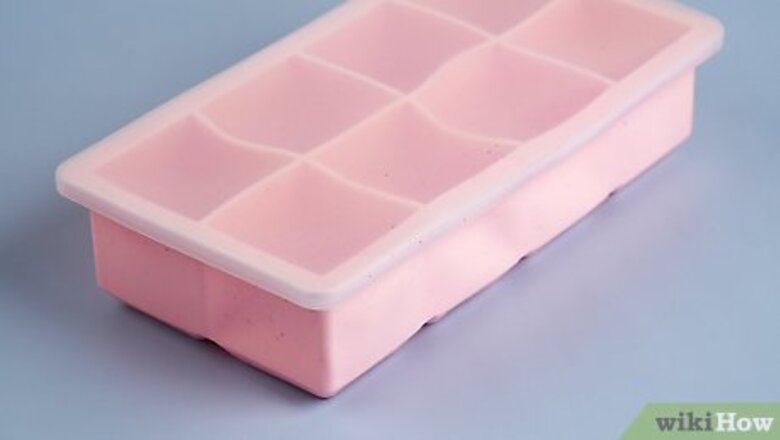
views
- Make ice with a directional freezing ice tray to get crystal clear cubes with minimal effort.
- Boil regular tap water twice to remove minerals and freeze it to make semi-clear ice.
- Fill a plastic, hard-shelled cooler with water and place it in your freezer to directionally freeze it and cut the ice into cubes.
Directional Freezing
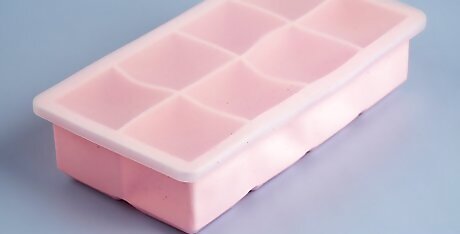
Purchase an ice tray that freezes ice cubes directionally. Directional freezing ice trays are designed specifically for this task. If you plan on taking your cocktail game to the next level, one of these ice trays is mandatory—especially since they only cost around $30. Normal ice trays freeze their cubes from every angle at the same time. This locks in air bubbles, impurities, and all the little particles that make ice cloudy. Directional freezing only allows ice to freeze from the bottom up, in one direction. This gives all the air bubbles and particles time to escape through the top. Ever see a pond that’s partially frozen? The top layer is always super clear because it freezes from one direction (the air above). This is the same thing!
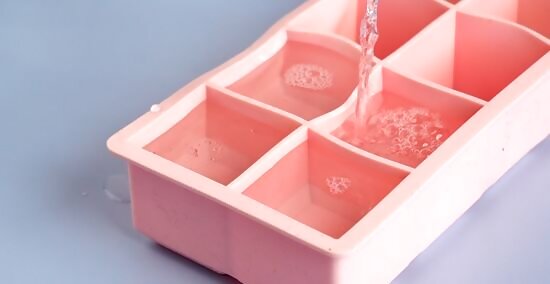
Fill the ice tray with tap water. If you use your normal tap water and you discover that the ice is still cloudy, there may be heavy impurities in your water. If that’s the case, use filtered or bottled water. Your ice will be as pure as a fresh snowfall!
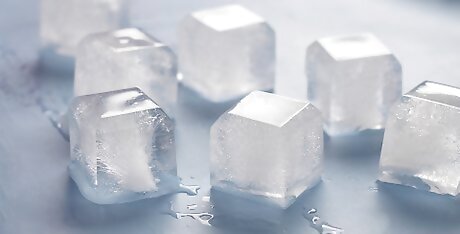
Set the tray in your freezer and wait 4 hours. Place your directional ice cube tray in the freezer the same way you’d put a normal ice cube tray in the freezer. Give it 4 hours and then enjoy your perfectly clear ice cubes! Some of the directional ice cube trays empty like normal trays where you shake or “crack” the ice out, while others have a latch you pull or a lid you open to unlock the ice. The size of your ice cubes can influence how long it takes to freeze. If you have one of those big ice trays to make spherical ice cubes, it may take 6-8 hours.
Double Boiling
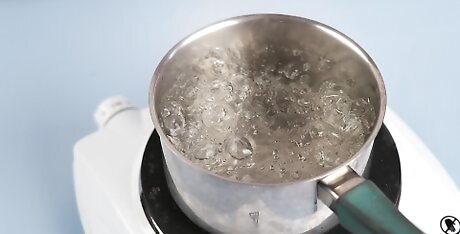
Fill a pot with water and boil it. Grab a clean pot and fill it up with roughly twice as much water as you’d need to fill your ice tray. Set the pot on the stove, turn the heat on, and wait for the water to reach a rolling boil. This should burn away a lot of the minerals and impurities that would otherwise get trapped in your ice. The double-boiling method will not give you perfectly clear ice, but it’s going to be as close as you can possibly get without using a directional freezing method. If you really want your ice to be as clear as possible, use distilled water for this.
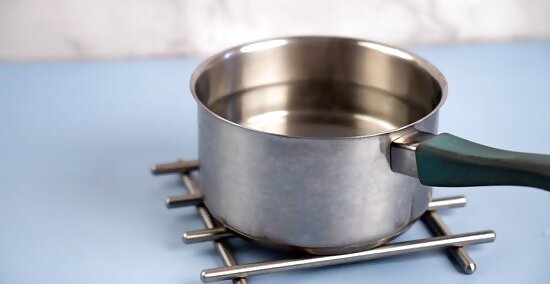
Wait 30 minutes for the water to cool off and then boil it again. Once the water has started boiling, shut the gas or electric off. Let the water get back to room temperature. Then, turn the heat back on and boil the water again. Boiling the water twice ensures that you’ll evaporate any impurities that weren’t fully dissolved the first time you boiled the water.
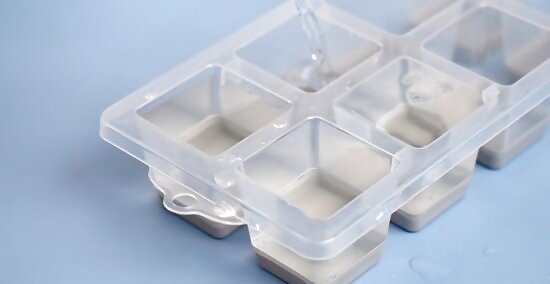
Fill your ice tray with the double-boiled water. Once the water boils a second time, shut it off and let it cool. Then, pour the room-temperature water into your ice tray and let it settle for a few minutes so that the air bubbles can escape. Set the ice tray in your freezer and you’ll have super clear ice cubes in 4 hours or so. Again, you may still have some cloudiness in your ice, but your cubes will be way clearer than they would be if you just filled up the ice tray with tap water and tossed it in the freezer.
The Cooler Method
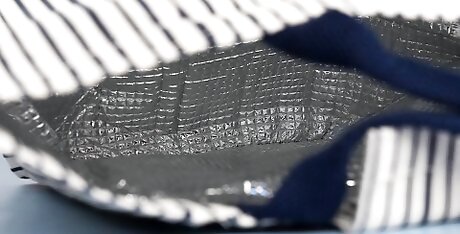
Grab a clean 6-pack cooler that will fit in your freezer. Any small cooler will work so long as it’s made of hard plastic and it’s small enough for your freezer. Water inside of a cooler will begin freezing at the surface and slowly freeze downward. This way, you can replicate directional freezing without the fancy ice tray. The cooler method is the only consistent way to directionally freeze ice at home without a special ice tray. You do need a lot of space in your freezer though, and your cooler has to be perfectly clean for this to work.
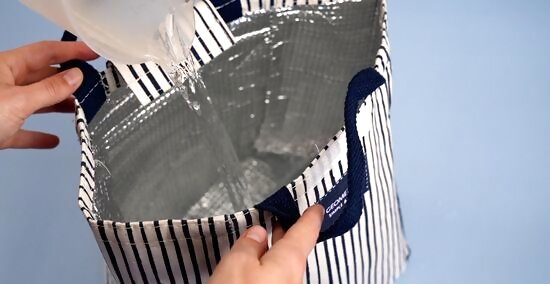
Partially fill the cooler with water and pop it in the freezer. Add as much water as you’d like based on how much ice you want to make. You can fill the bottom ¼ of the cooler or so to make about a dozen ice cubes, or fill it up all the way to the brim to make a bunch of ice. So long as you leave at least 1 in (2.5 cm) of space at the top of the cooler, you’re good to go. The more water you add, the more ice you can make. However, it’ll take a lot longer for a full cooler to freeze than it would take for a few inches of water to freeze.
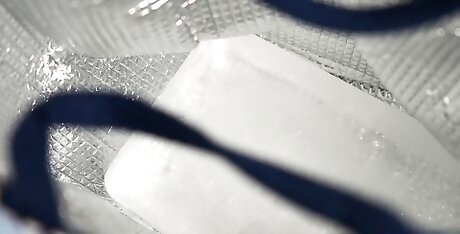
Check in on the water after 24 hours to see if the top is frozen. The freeze time depends on how much water you added, but check in on the cooler after a day or so. The top of the water will start freezing first, pushing the minerals and air pockets down towards the bottom. You can remove the ice at any point once the top layer is frozen. Keep in mind that the more water underneath the top layer, the easier the ice block will be to handle.
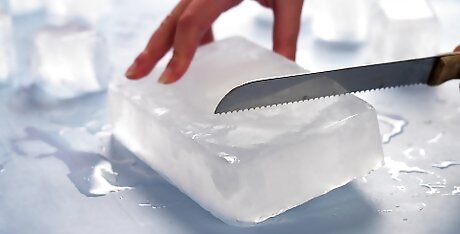
Remove the ice block and cut it into cubes with a serrated knife. If the water isn’t fully frozen, cut the top layer out with a serrated knife. If it’s frozen through, flip the cooler over on to a cutting board and wait for the edges to melt enough for the ice block to drop. Then, use a large, serrated knife to carefully cut the ice into cubes. Toss out the super cloudy blocks that froze at the bottom. Wear a thick glove on your non-cutting hand to hold the ice still and keep your hand warm. The ice at the very bottom of the cooler will be very cloudy. It’s perfectly fine to use if you’d like, but the top layers of the ice will be the only clear ice.















Comments
0 comment